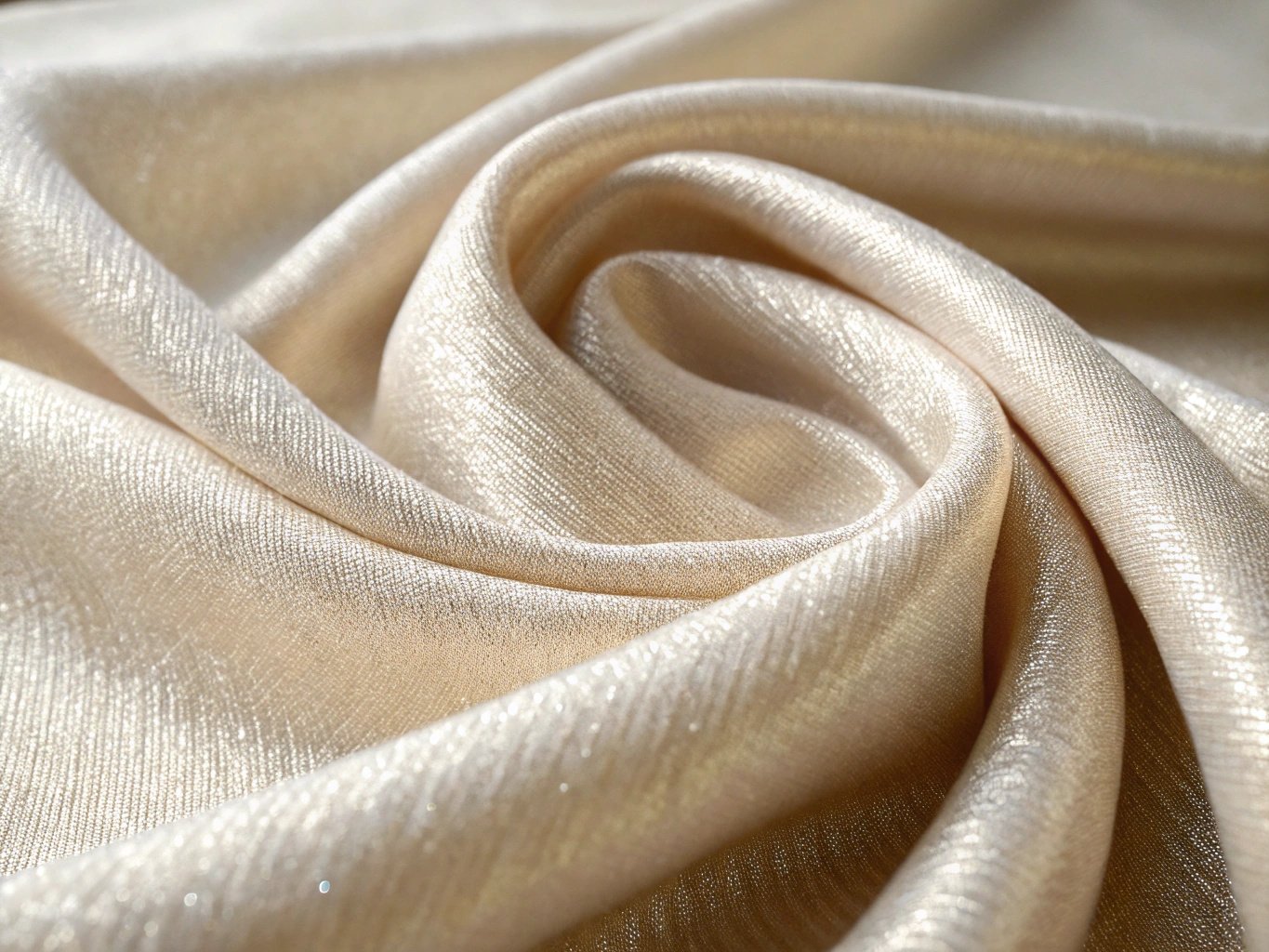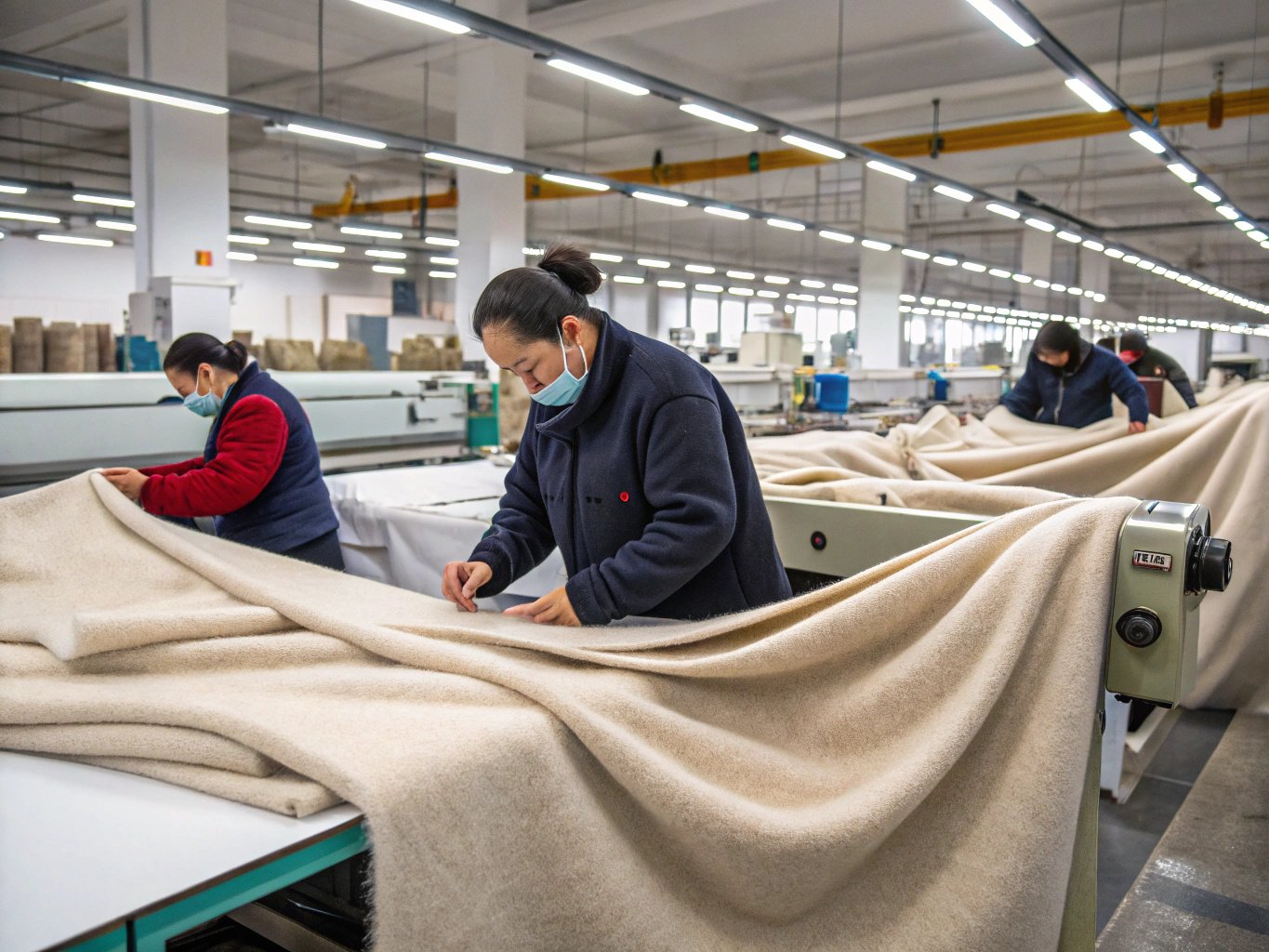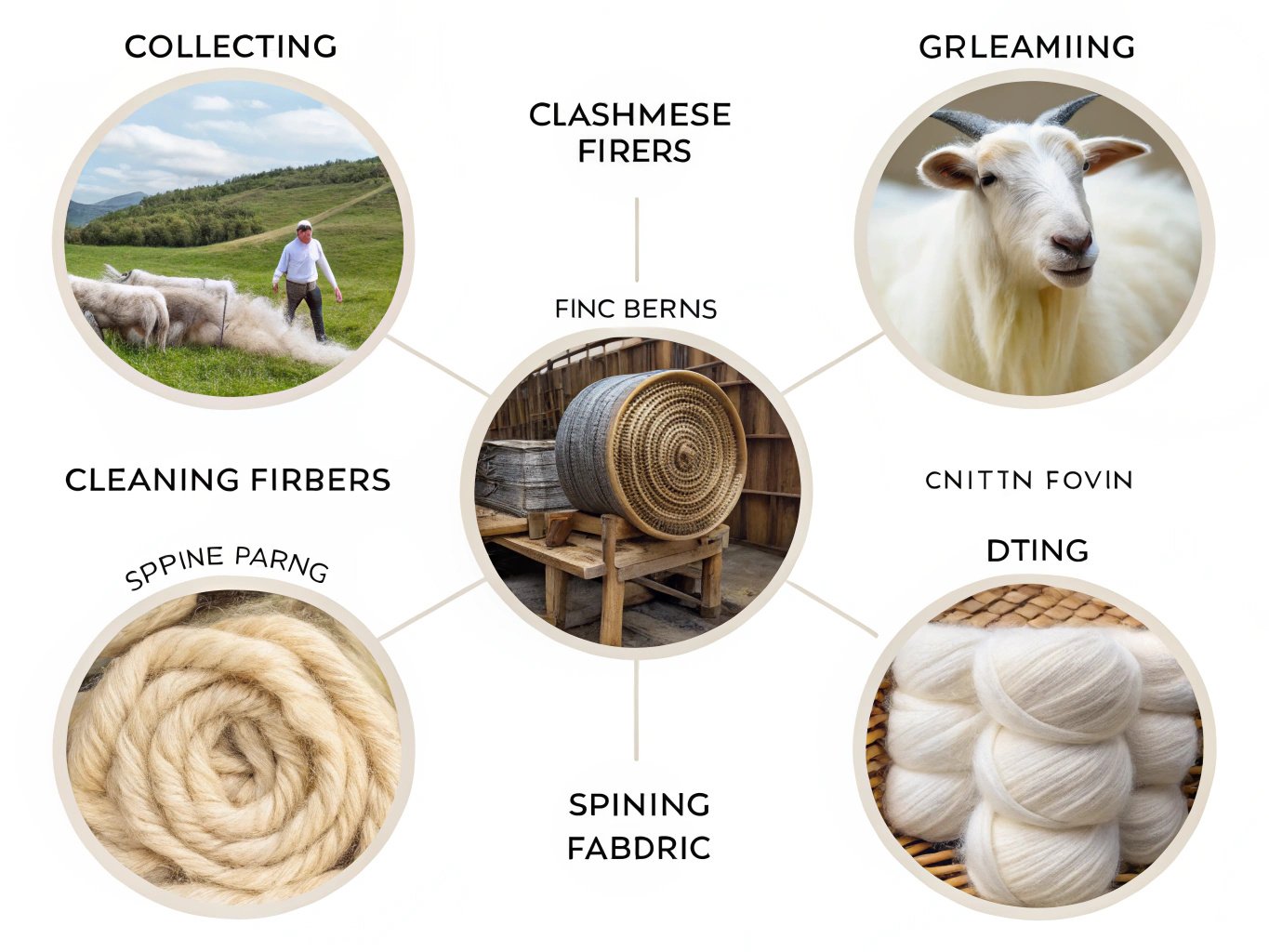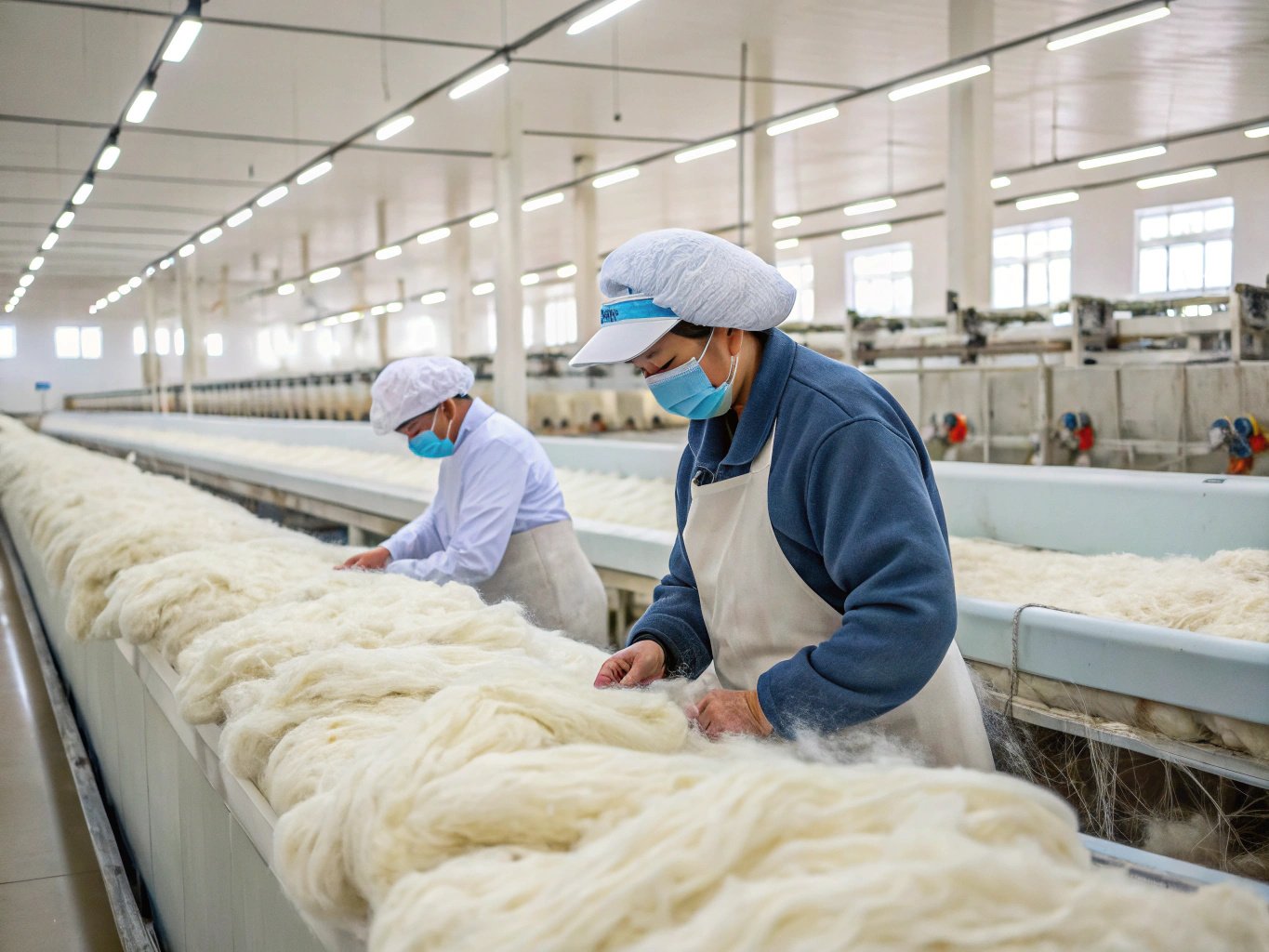Cashmere fabric is one of the softest and most luxurious materials, known for its unmatched comfort and warmth. Curious about cashmere fabric? In this article, we’ll explore its unique properties, the process of how it’s made, and the numerous benefits that make it so desirable in high-end fashion.
Cashmere is a luxurious, soft fabric made from the fine undercoat of cashmere goats. It is lightweight, warm, and known for its durability and premium quality.

If you’ve ever wondered why cashmere is so expensive or what makes it so special, read on. We’ll uncover all the details about cashmere fabric, from its origins to its unique benefits.
What is Cashmere Fabric?

Cashmere is a luxury fabric made from the soft undercoat of cashmere goats, primarily found in regions such as Mongolia, Tibet, and northern China. These goats produce fine wool in the winter to protect themselves from the cold. Cashmere is often considered one of the softest, most luxurious fabrics due to its lightweight texture and superior warmth-to-weight ratio. Unlike regular wool, cashmere is much finer, offering a smoother feel against the skin and better insulation.
Properties of Cashmere Fabric
Cashmere is prized for several remarkable properties:
- Softness: Cashmere is incredibly soft and smooth, offering a luxurious feel against the skin.
- Warmth: Despite being lightweight, cashmere is very warm. It can be up to three times more insulating than sheep wool.
- Lightweight: Cashmere fibers are much finer and lighter than regular wool, which makes it more comfortable to wear for extended periods.
- Breathability: The fabric is breathable, allowing it to regulate temperature well. It keeps you warm in the winter while still being comfortable in milder temperatures.
- Durability: Cashmere is durable when properly cared for. Despite its soft texture, it can withstand a long lifespan if maintained correctly.
How Cashmere is Made

The process of making cashmere fabric begins with the collection of cashmere fibers from the goats. Here’s how it’s made:
- Harvesting: In the spring, cashmere goats naturally shed their undercoat. The soft, fine fibers are collected by combing the goats or shearing them.
- Cleaning: After collection, the raw fibers are cleaned to remove any dirt or grease, a process called dehairing.
- Spinning: Once cleaned, the fibers are spun into yarn. This yarn is extremely fine, making cashmere a lightweight and luxurious fabric.
- Weaving/Knitting: The yarn is then woven or knitted into fabrics, typically used for scarves, sweaters, coats, and other high-end garments.
- Dyeing: Finally, the fabric is dyed into various colors before it is sewn into finished garments.
Benefits of Cashmere Fabric

Cashmere offers several key benefits that make it highly sought after:
- Ultimate Softness: One of the biggest reasons people choose cashmere is for its incredibly soft feel. Unlike many other fabrics, it doesn’t irritate the skin, making it ideal for those with sensitive skin.
- Warmth: Despite being light, cashmere provides exceptional warmth. This makes it a perfect fabric for winter clothing like sweaters, scarves, and coats.
- Lightweight Comfort: Unlike bulky wool, cashmere is light and breathable, offering warmth without the heaviness.
- Durability: With proper care, cashmere is a long-lasting fabric. Its natural fibers resist pilling and wear, especially when woven or knitted tightly.
Why is Cashmere Expensive?

Cashmere is expensive due to the labor-intensive process required to produce it. The cashmere goats produce a limited amount of fine wool annually, and it takes the equivalent of several goats to create just one cashmere sweater. The manual process of combing or shearing the goats, cleaning the fibers, and then spinning them into yarn contributes to the high cost of cashmere products. Additionally, because cashmere is a luxury fabric, it’s often marketed at a premium.
How to Care for Cashmere
To ensure that your cashmere garments last for many years, it’s important to follow proper care guidelines:
- Washing: Wash cashmere by hand in cold water with a gentle detergent, or take it to a professional dry cleaner. Avoid using hot water, as it can cause shrinkage.
- Storage: Store cashmere items in a cool, dry place, preferably in a cotton garment bag, to protect them from moths.
- Avoid stretching: When drying, never wring out cashmere. Instead, gently press out excess water and lay the garment flat to dry.
- Pilling: If pilling occurs, use a cashmere comb or pill remover to gently remove any fuzz balls.
Conclusion
Cashmere fabric is known for its luxurious softness, warmth, and lightweight comfort. Made from the fine undercoat of cashmere goats, it’s a natural fiber that offers a unique combination of benefits, including durability and breathability. Though expensive, its quality, warmth, and comfort make it a valuable investment for anyone looking to indulge in premium, long-lasting fabrics.
